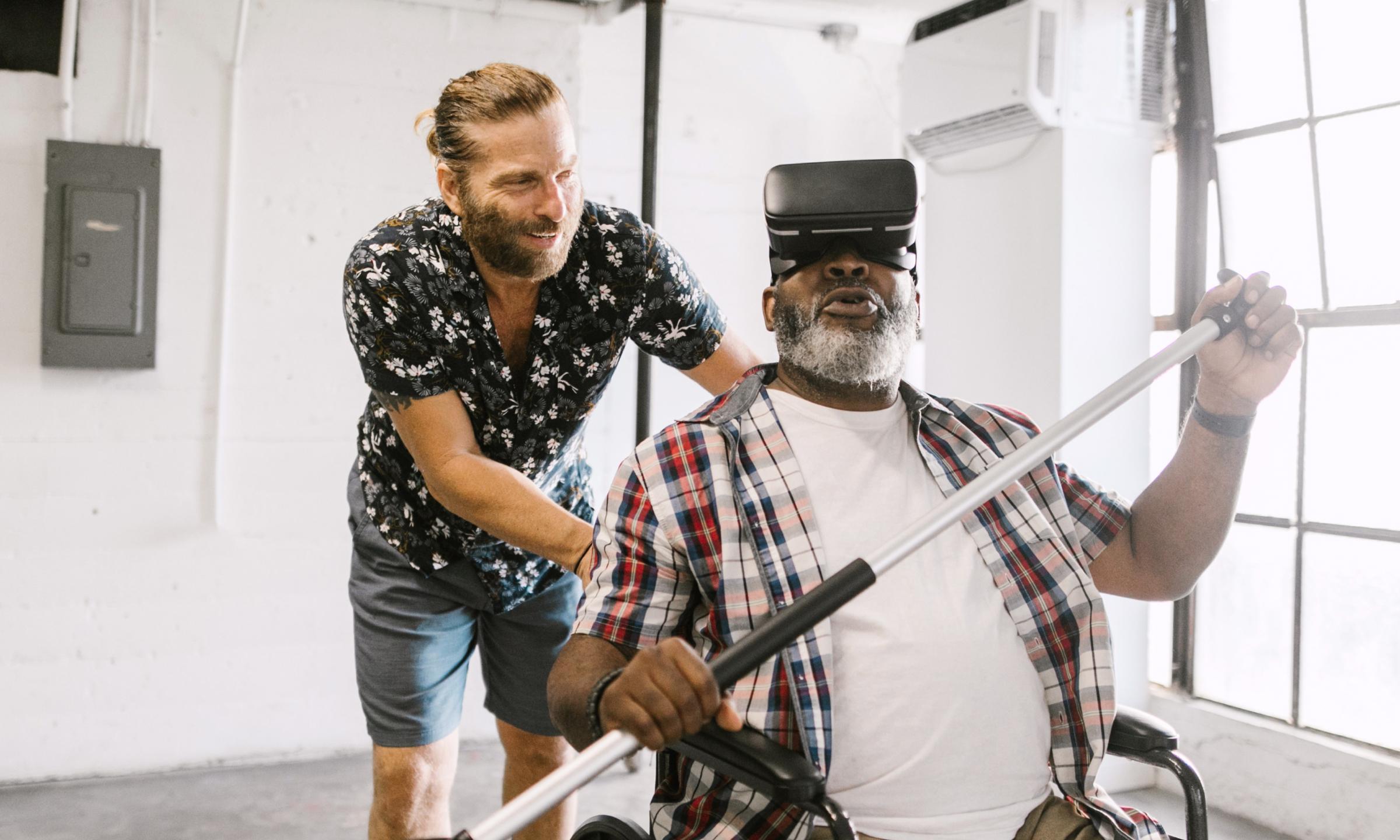During the course of the pandemic that began in 2020, many health care providers made the shift to a hybrid of in-person and telehealth, so that they could provide quality care to their patients without raising the risk of exposure to COVID-19. During the last week of March 2020 alone, the number of telehealth visits was up 154% compared to the same period the previous year.
Telehealth nursing is an effective way of providing virtual nursing care to patients to provide guidance and help them monitor and treat their conditions from home. Although telehealth nursing care isn’t ideal for all healthcare scenarios, it can be a great fit in certain situations.

When would you use telehealth nursing?
Here are some types of care that can be managed through telehealth nursing:
Diagnosis and triage
If a patient is experiencing a condition but isn't sure whether it's something that requires in-person treatment, a telehealth consultation with a nurse can help determine whether the condition can safely be treated at home with over-the-counter remedies, whether the patient should consult with a doctor for further guidance, or whether they should visit an ER or urgent care center for immediate treatment.
During a virtual visit with a nurse, the nurse can visually inspect the patient through photos or videos, and can ask them detailed questions about their condition that will help to assess whether it needs in-person treatment and how urgently, if so.
Ongoing care management
If the patient already has a chronic condition or has been recently hospitalized, they may be equipped with self-monitoring devices, such as blood pressure and heart rate monitors. Nurses will be able to remotely monitor these patients’ conditions, and receive alerts if the course of treatment needs to be changed. That means the nurse can immediately text the patient or their caregiver, call to provide further instruction, or request that they come to a doctor's office or hospital for follow-up treatment.
Patients can also self-report behavioral trends, such as uploading their food logs, exercise routines, and medication routine within a mobile app. Their nurse can respond with feedback, encouraging them to continue healthy lifestyle habits and offering options for modifications when necessary.
Conditions that can be monitored this way include diabetes, heart failure, and respiratory illnesses.

Why use telehealth nursing?
If a patient requires expertise beyond what an at-home caregiver can provide, they may need in-person nursing care—but there are many situations when virtual nursing care is a viable or even preferred option for providing patient care.
Here are a few benefits for considering teletherapy for nursing care:
Cost savings for both patient and provider
When a health care provider sees a patient in a healthcare facility, the cost of that space is significant, and it will be passed on to the patient within their visitation fee. By shifting to a telehealth model when it makes sense, providers can see more patients more quickly, and reserve the use of their rooms for patients who genuinely need in-person care. A 2019 AHA report found that healthcare providers saved more than $2,700 per patient when using telehealth instead of in-person physical therapy after knee-replacement surgery.
Improved access to care for patients in rural area
Close to 20% of patients in the United States live in "healthcare deserts," where they suffer from a shortage of access to providers and healthcare facilities. The shortage of qualified nurses is especially dire: The U.S. Bureau of Labor Statistics anticipates that over one million new RNs are needed to replace the experienced nurses that are set to retire by the end of 2022. By implementing telehealth nursing as an option, facilities will be able to treat more patients who might otherwise suffer from lack of care, and help to provide early detection and intervention for health conditions that will improve patient outcomes.
Nurses can build relationships with patients over the course of their entire treatment
By implementing telehealth processes to manage chronic diseases, patients will be able to establish long-term relationships with specific nurses responsible for their care on a telehealth platform, rather than needing to communicate with whoever happens to be in the office during their visit. That helps patients build trust in their provider, improving communication and the patient experience.
A safer environment for patients
Rather than travel to busy offices and risk exposure to diseases, patients can receive care from the comfort and safety of their own homes. This is especially important while the spread of COVID-19 is rampant, but will continue to help reduce disease spread of flu and other contagious diseases on an ongoing basis.
Nurses can focus on patient relationships—not bureaucracy
Rather than dealing with all the busywork associated with running an office-based practice, telehealth nurses are able to provide highly focused care within the telehealth platform. That means they can do what they’re best at, and take the time to provide comprehensive education and care to each of their patients, with access to platform analytics and real-time patient data to help them assess outcomes and determine the best treatment plans.
The future of telehealth nursing
Many forms of nursing care are ideally suited to telehealth, and nurses who make that transition can benefit from an easier lifestyle and improved, ongoing relationships with their patients.
The American Telemedicine Association forecasts that 50% of healthcare services may be provided virtually within the next five years. By establishing a telehealth nursing practice, your health care practice can be on the cutting edge of this growing trend, and be well-equipped to provide excellent virtual care to your patients that will help improve their health outcomes while reducing expenses.


